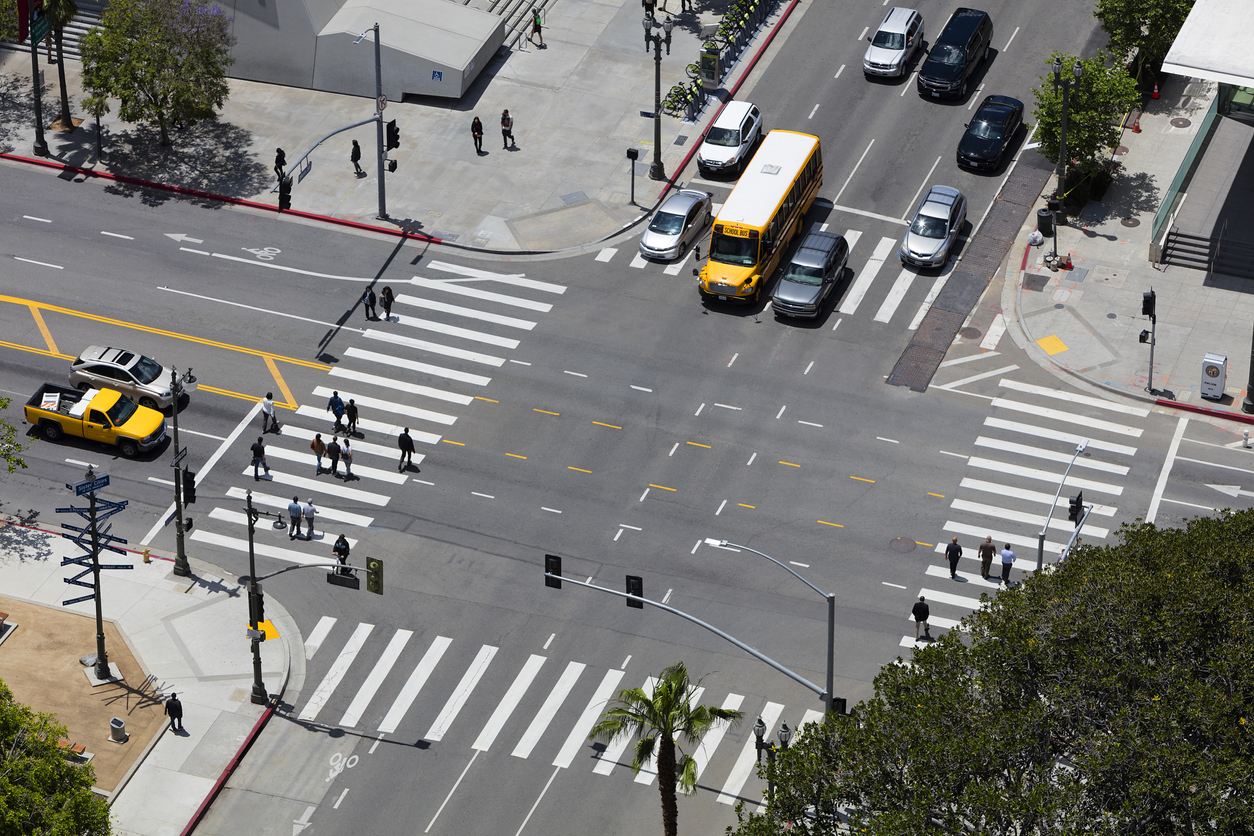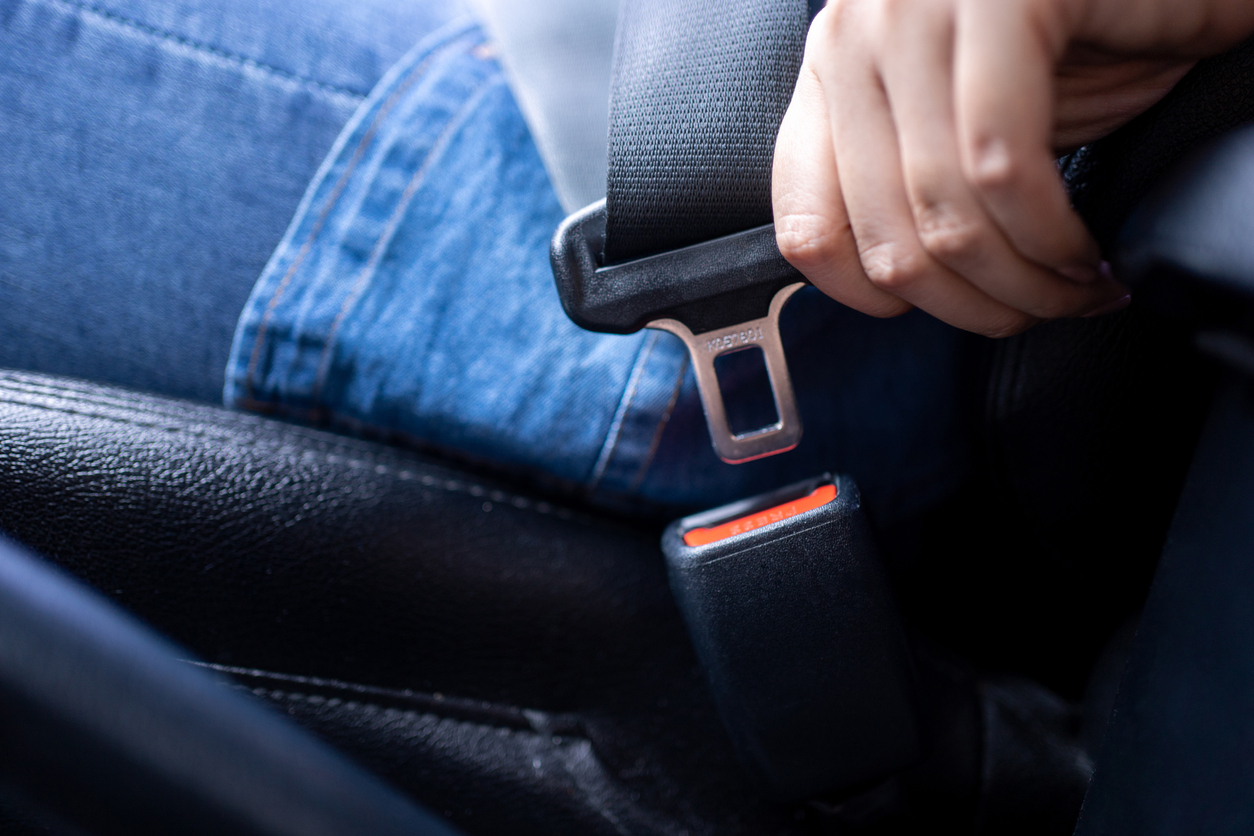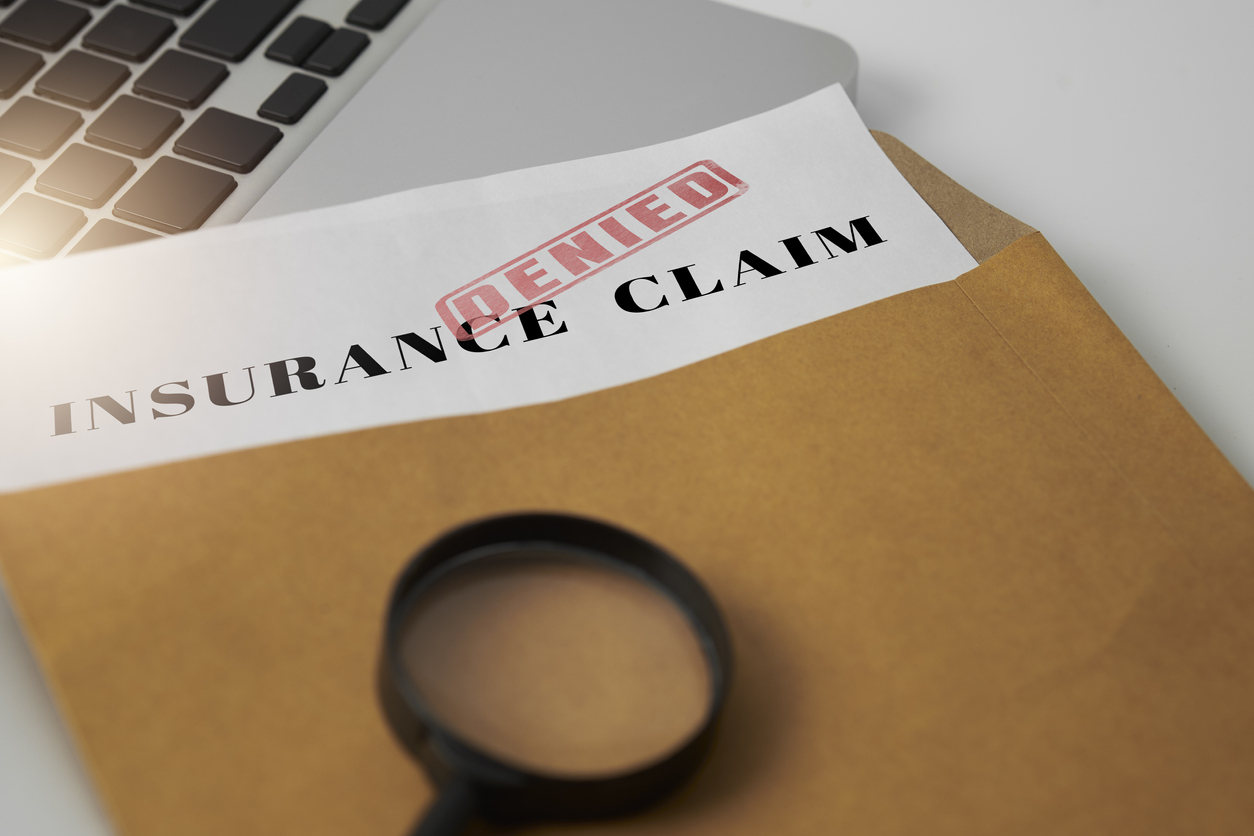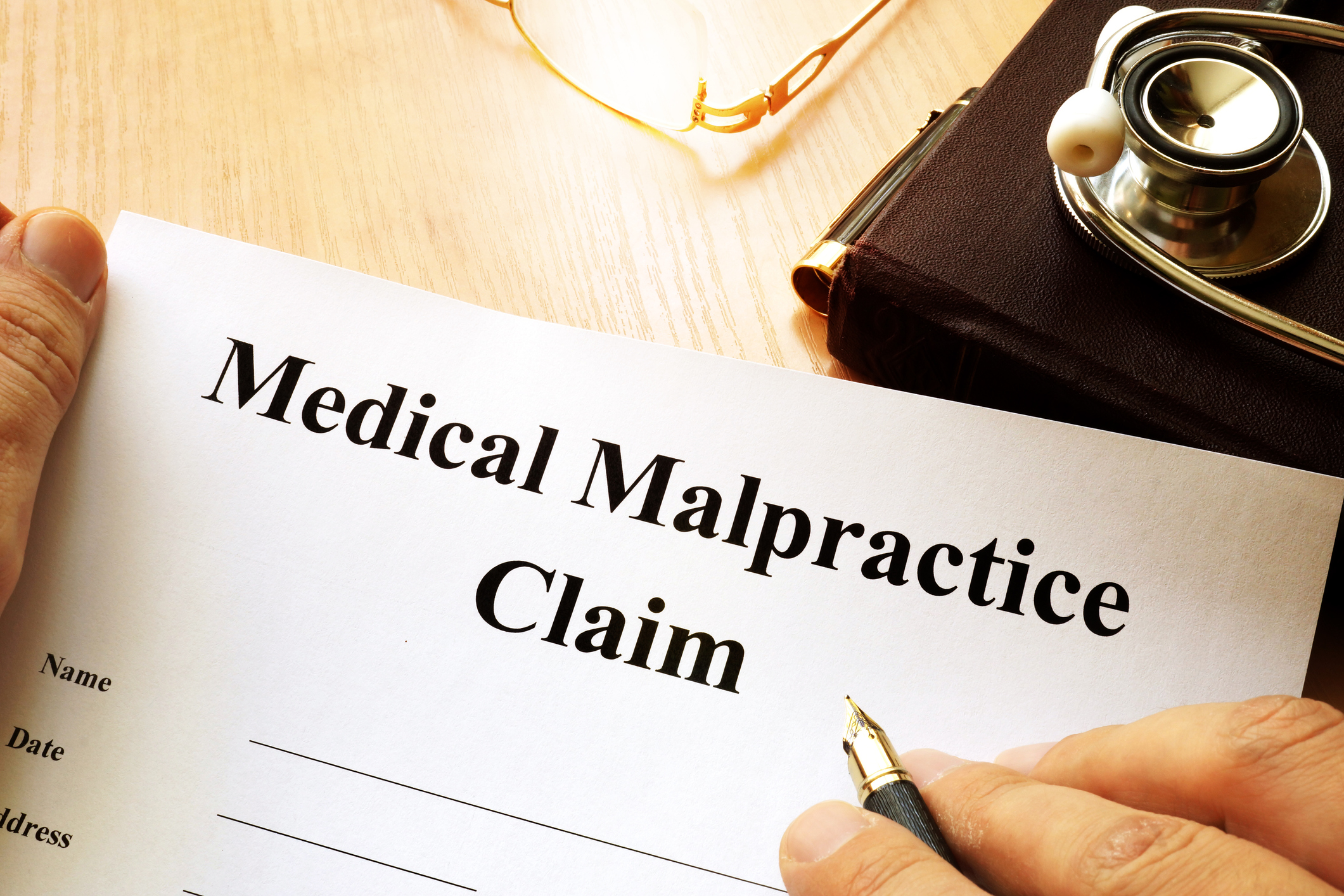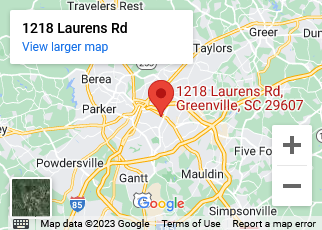Some people assume that motor vehicles are always to blame in pedestrian vs. car accidents. However, pedestrians also have laws to follow when walking along South Carolina roadways. Read below to find out who may be liable when a driver hits a pedestrian and what damages may be recovered by each party.
Is the Driver Always At Fault in a Pedestrian vs. Car Accident?
You may have heard that “pedestrians always have right of way.” However, that’s not always true in South Carolina. People who walk along roadways are required to follow nearly as many laws as drivers.
Pedestrian roadway laws can be found in the same South Carolina Code as motor vehicles: Title 56.
What Is The Meaning of Right of Way?
South Carolina Code Section 56-5-580 defines right of way as “the right of one vehicle or pedestrian to proceed in a lawful manner in preference to another vehicle or pedestrian approaching under such circumstances of direction, speed, proximity as to give rise to danger of collision unless one grants precedence to the other.” Basically, the person with right of way has the legal right to proceed along their path first, or with precedence over other vehicles and pedestrians.
In South Carolina, there is no overall assumption of right of way. Right of way is extended depending on the situation, including traffic signals and signs and circumstances (such as a roadway emergency or bus stop).
Traffic Lights and Traffic Control Signals
Pursuant to South Carolina Code Section 56-5-970, both motor vehicles and pedestrians must comply with traffic control signals.
A green light indicates that vehicles and pedestrians may proceed forward through an intersection. Pedestrians must stay on sidewalks or marked or unmarked crosswalks when walking across streets.
When vehicles have a green arrow, they may turn, but must yield right of way to pedestrians who are lawfully in the crosswalk. Vehicles turning right must also yield right of way to pedestrians who are already lawfully in a crosswalk.
Pedestrians are not permitted to begin crossing a roadway while the light or traffic control signal is yellow. Yellow indicates that there is insufficient time to cross before a red indication.
Neither cars or pedestrians may cross a roadway where there is a red traffic signal.
Special Pedestrian Control Signals
South Carolina uses special pedestrian control signals as described in South Carolina Code Section 56-5-990. When the signal indicates “Walk,” a pedestrian facing that signal may proceed in the direction of the signal. They are to be given right of way by all motor vehicle drivers.
When a signal reads “Wait,” a pedestrian should not cross the roadway. If they are in the middle of the crosswalk, then they should continue to a sidewalk or safety island and wait until the signal changes to “Walk.” Motor vehicles have the right of way when the pedestrian traffic signal reads “Wait.”
Reducing Speeds When Around Pedestrians
Under South Carolina Code Section 56-5-1520, drivers should reduce their speed when approaching pedestrians. This applies to situations where there are crosswalks as well as when pedestrians are on or beside the roadway for other reasons.
While motor vehicles may have right of way in certain situations, they still must be cautious when driving around pedestrians.
Obstructing Pedestrian Crossings
Motor vehicle drivers must also ensure they do not obstruct pedestrian crossings. For example, if a driver stops at a red light, they must provide pedestrians enough space to cross within the unmarked or marked crosswalk.
Roadway Workers
When pedestrian workers are on the roadway, all drivers must yield right of way to those workers. Drivers must follow special traffic control devices presented by pedestrian workers as well.
Bus Pedestrians
Drivers who come upon a school bus must abide by yellow lights and red stop signs used by the bus driver. Pedestrians getting onto and off the bus have the right of way. Failure to yield right of way to a bus pedestrian that results in great bodily injury or death can result in a felony conviction.
Who Is Responsible for Injuries in a Pedestrian vs. Car Accident?
If a pedestrian accident occurs, then the person who is at fault is responsible for the other party’s damages. That means, if the pedestrian had right of way and a driver hit them on the roadway, then the motor vehicle driver is responsible for paying for the injuries of the pedestrian. In most cases, the driver’s insurance company will cover losses like medical bills, lost wages, pain and suffering, and more.
If a pedestrian was at fault for an accident, then they may be responsible for property damage or other losses to the car driver. This might require the driver to file a personal injury lawsuit against the pedestrian.
Comparative Negligence in South Carolina
However, South Carolina has a modified comparative negligence law that can affect your ability to recover compensation. Under this law, as long as the plaintiff is less than 51% responsible for the accident, they are eligible for financial recovery from the at-fault party. That means that someone who is partially at fault can still recover.
If a person is partially at fault, their compensation will be reduced by the percentage they are found to be responsible for the accident. For example, if you are 20% at fault for the accident and you had $100,000 in damages, then you can only recover $80,000 from the defendant.
Contact a Pedestrian Accident Lawyer Today
If you were injured in a pedestrian accident, you should immediately contact a lawyer who can help you navigate a complex personal injury claim. These cases are often heavily fought by insurance companies who do not want to pay out for the severe injuries parties receive. Call attorney Bozzie Boggs today at 864-233-8066.


